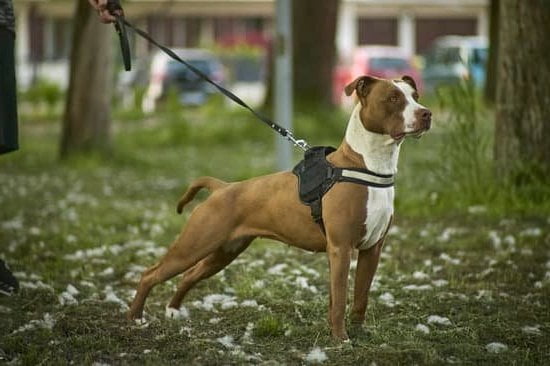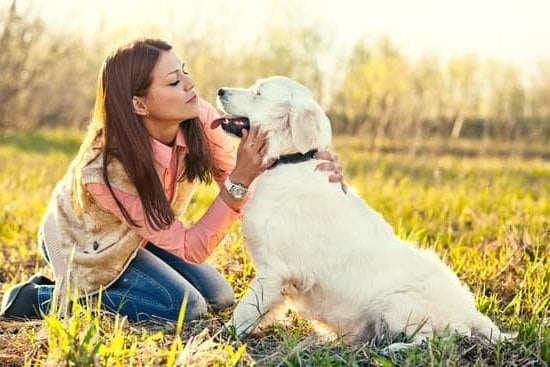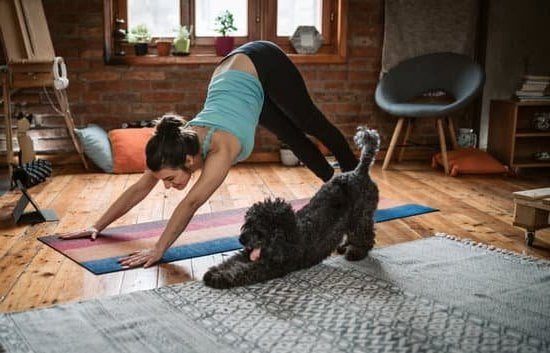There is no one-size-fits-all answer to the question of how long dog potty training will take. Every dog is different, and each owner’s individual schedule and lifestyle will also play a role in how quickly the process is completed. However, there are a few general milestones you can expect as your dog learns where to go to the bathroom.
The following is a general potty training timeline to give you an idea of what to expect:
1-3 Weeks:
During the first week or so of potty training, your dog will likely start to show some interest in going to the bathroom outdoors. It’s important to begin taking your dog out regularly to reinforce this behavior and help him learn where to go.
2-4 Weeks:
The next phase of potty training will involve teaching your dog to go to the bathroom on cue. This can be done by saying “go potty” as soon as your dog begins to squat. Be sure to praise him lavishly when he goes in the correct spot.
1-2 Months:
Once your dog has mastered going to the bathroom on cue, the final step is to help him learn to hold his bladder for longer periods of time. This will likely take some time and patience, but eventually your dog will be able to “hold it” for several hours at a time.
Dog Potty Training Regression
There are many reasons why a dog may start having accidents in the house after previously being potty trained. One possibility is that the dog is experiencing a regression in potty training.
A regression can be caused by many things, such as a change in routine, a new baby or pet in the home, or even a stressful event. If your dog is experiencing a regression, it may be helpful to try to identify the cause and address it.
In some cases, a simple adjustment to the dog’s routine may be all that is needed to get them back on track with potty training. If there is a new baby or pet in the home, you may need to adjust the way you are potty training your dog to account for the new arrival.
If there is a specific event that seems to be causing the regression, such as a move or a trip, try to make sure that your dog has plenty of opportunities to go potty in a new environment. If possible, try to keep them on their regular routine as much as possible.
If you are unable to identify the cause of the regression, or if it is proving to be difficult to correct, it may be best to consult with a professional dog trainer. They can help you to identify the problem and develop a plan to help your dog overcome it.
Dog Potty Training Grass Pad
There are a few different ways to potty train your dog, but one of the most popular (and easiest) methods is to use a potty pad. Potty pads are essentially a designated spot for your dog to go to the bathroom, and they can be made from a variety of materials, including grass, artificial turf, and even synthetic materials.
One of the best things about using a potty pad for training is that it can be used indoors or outdoors, which makes it perfect for any weather condition. It’s also a great option for those who live in apartments or condos, since it eliminates the need for your dog to go outside.
When choosing a potty pad for your dog, it’s important to find one that is the right size for your pet. You’ll also want to make sure that the pad is absorbent, so that your dog’s urine doesn’t leak through to the floor.
If you’re potty training your dog using a potty pad, it’s important to keep a few things in mind. First, you’ll want to place the pad in a spot where your dog is likely to go to the bathroom. You may also want to consider using a potty training spray or deterrent to help train your dog to use the pad.
Finally, be sure to praise your dog when he or she uses the pad, and offer a treat as a reward. This will help reinforce the behavior and make the training process easier.
Bell Method For Potty Training Dog
Are you potty training your dog? If so, you may have heard of the Bell Method. The Bell Method is a popular potty training method that uses a bell to train your dog to go outside to pee and poop. Here is how it works:
1. Start by teaching your dog to ring a bell. You can do this by ringing the bell yourself and giving your dog a treat when he or she rings the bell.
2. Once your dog is ringing the bell consistently, put the bell on the door leading to your backyard or patio.
3. Whenever your dog needs to go potty, ring the bell and take him or her outside.
4. Reward your dog with a treat when he or she goes potty outside.
5. Continue using the bell until your dog has learned to go outside to pee and poop consistently.
The Bell Method is a popular potty training method because it is easy to use and it teaches your dog to go potty outside. It can take a little bit of time for your dog to learn how to ring the bell, but once he or she does, the Bell Method is a breeze to use.
Dog Training Potty
Training
There is no need for a dog to soil your house when you can teach him to use the potty like a big boy!
It is important to begin potty training your dog as soon as possible. Most puppies are ready to start training at around 8-10 weeks old, but you should always check with your veterinarian to be sure.
The basic idea behind potty training is to create a routine for your dog and help him to understand that there are specific places where he is supposed to go to the bathroom.
There are a few key things to keep in mind when potty training your dog:
-Be consistent with your commands.
-Make sure your dog has plenty of opportunity to go potty outdoors.
-Reward your dog when he goes in the right place.
-Be patient and stay calm. Dogs can sense when their owners are stressed and this will only make the process more difficult.
The first step in potty training your dog is to create a designated potty area. This can be an outdoor spot in your yard, or a specific area of your home that is designated for your dog to go to the bathroom.
Once you have chosen a potty area, you will need to begin by teaching your dog to “go potty” on command. Start by saying “go potty” every time you take your dog to the designated potty area. As your dog begins to understand what you want him to do, you can begin to wean him off of verbal commands and use only hand signals instead.
When your dog begins to go potty in the correct spot, be sure to reward him with plenty of praise and a small treat. This will help him to understand that he is doing something good and will encourage him to continue going in the right spot.
It is important to be patient and consistent when potty training your dog. Like with most things in life, success will not happen overnight. But with a little bit of patience and perseverance, you will be able to successfully potty train your furry friend in no time!

Welcome to the blog! I am a professional dog trainer and have been working with dogs for many years. In this blog, I will be discussing various topics related to dog training, including tips, tricks, and advice. I hope you find this information helpful and informative. Thanks for reading!





